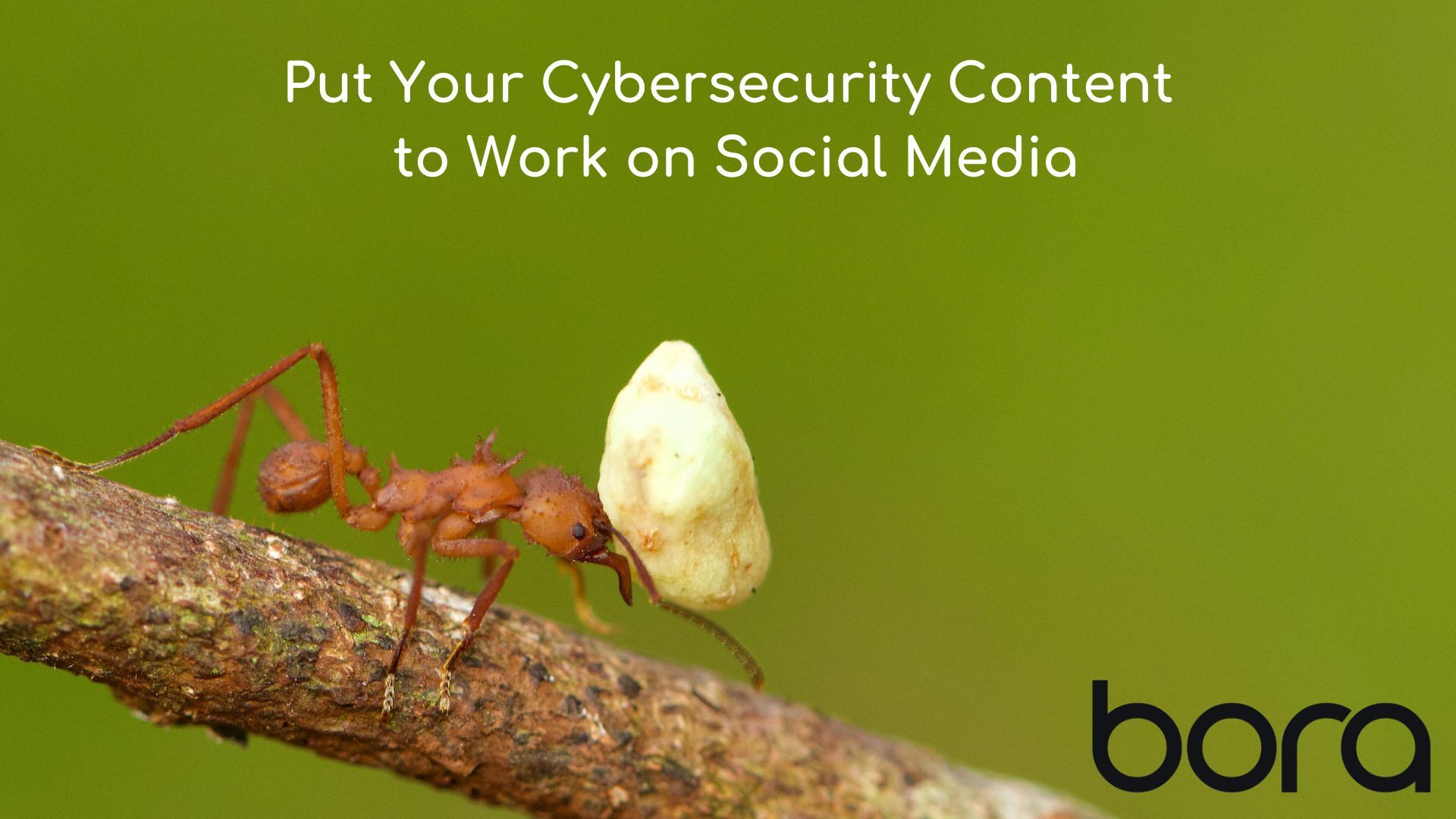In my last blog, I walked you through the steps and possible obstacles of guest blogging – a practice of externally placing blogs for your clients to gain visibility, readership, and valuable backlinks. In this piece, I want to share with you some dos and don’ts of promoting cybersecurity content on social media.
Why promote on social media?
Honestly, a better question would be “why not? ” It’s free, has a huge audience that can be very effective at supporting your business, and helps you get your branding out without shoving it down people’s throats. It’s also a great way to retain existing customers and keep your business on their minds. Less traditionally, it can also be used as customer support. There is a reason why just about every successful business has social media presence.
When to promote on social media?
That depends on your target audience. Many of the clients I work with now or have worked with in the past are located in different countries, or even on different continents. You must understand who your demographic is and when your post is likely to make the most impressions. Start by looking at their current clientele and create a buyer’s persona. E.g., if they are an Australian company that offers their services primarily to people in Australia, time or schedule your posts so they primarily hit that audience. Some of the better times that generally apply across industries are when people commute to or from work, have a lunch break, and by the end of a workday. Trying to get traction on work-related posts that go out during the weekend can be a challenge without a significant following.
How to promote on social media?
The best starting point here is that due to the volume of platforms available to your business, we have to differentiate how to go about creating good posts. The three “classic” platforms are Facebook (Fb), Twitter (Tw), and LinkedIn (LI), but I have seen cybersecurity posts being promoted on Instagram and even TikTok. Each platform has its niche but I have only really worked with the former three, so I’ll stick to what I know best.
Facebook and LinkedIn
Facebook and LinkedIn have a very similar way of creating posts – both have a huge maximum character count which makes life easier when you want to get a little long-winded. The difference lies in the audience and hashtagsWhat Are Hashtags?Hashtags are a form of metadata used on social networks such as Twitter, Instagram, Facebook, and others, marked by the prefix “#”. Originally popularized on Twitter, they are... More (#). Whereas LinkedIn is still really relevant when marketing for cybersecurity, the Facebook audience is slowly dwindling. This is not helped by the fact that many cybersecurity people don’t use it in the first place because they are worried their data may become compromised. So if you end up having to promote content written by people in cybersecurity, don’t expect to always find the person you should be attributing the article to. Companies are still pretty often present on Facebook, however.
The other main difference is hashtags. #s have a way bigger effect on LinkedIn. They are easier to search for in terms of popularity, many more people use them and therefore create the content that will show up when you search for a specific #, and you can also follow them. This is not the case with Facebook, where marketers are forced to use external tools to gauge their popularity. #s that private accounts use on Facebook are also not available for anyone but their friends, which massively narrows down the available results when one is searching for a #.
Twitter behaves quite differently than the former two platforms. To start with, your character count is severely limited. You only get 280 characters (not words!) to get your point across. #s are your bread and butter for targeted reach and are widely used by private entities and businesses alike. Many people in the cybersecurity industry may have a Twitter account, especially those from the US. The important distinction between Twitter and the former two is that many people do not use it for work. For that reason, it’s a good idea to check the profiles before you tag anyone. If there is nothing to do with their profession, I would advise against tagging them unless you have been instructed to do so.




